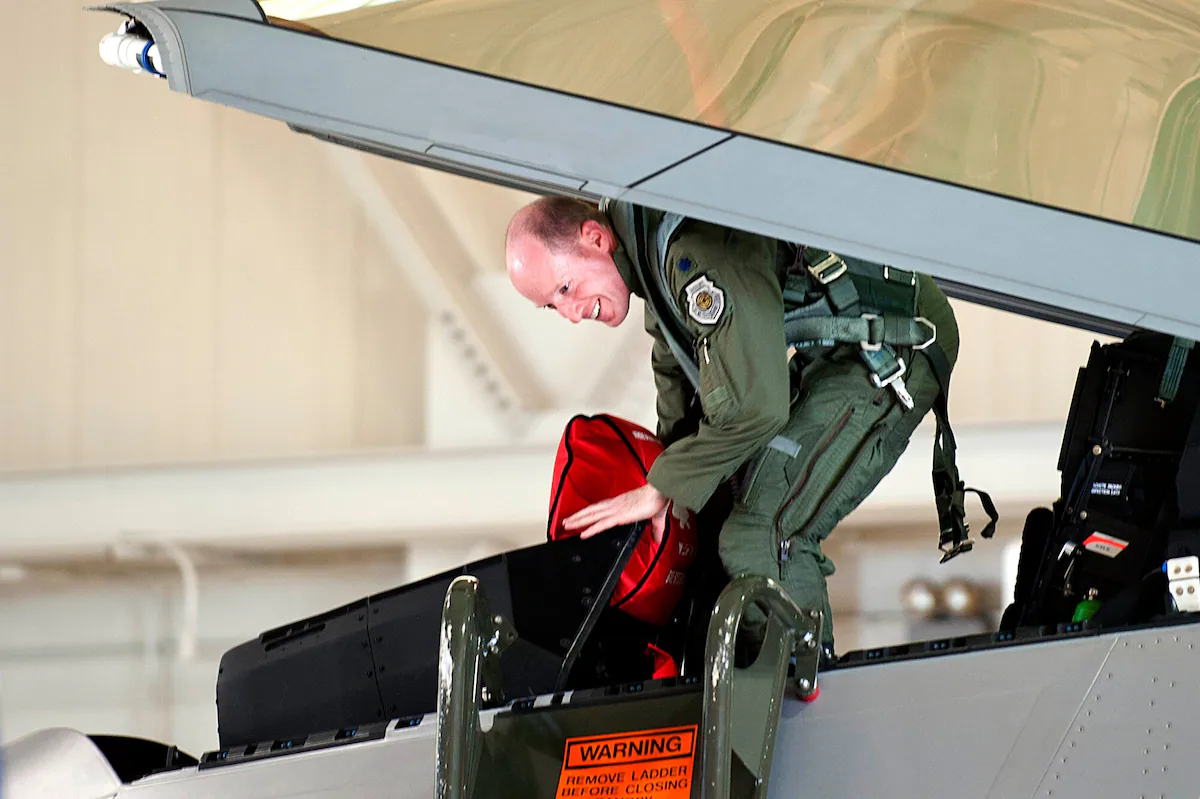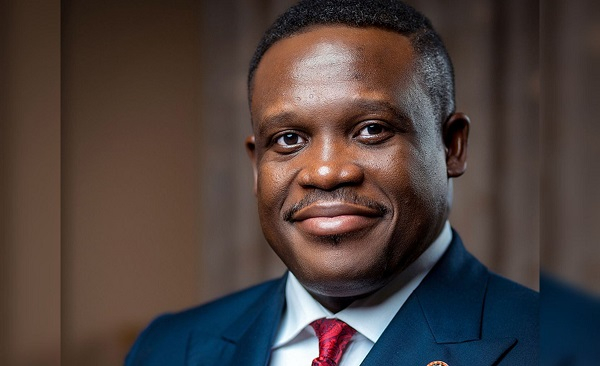
President Donald Trump on Monday nominated Lt. Gen. Jason Hinds to be the next commander of U.S. Air Forces in Europe-Air Forces Africa. But unlike every other permanent USAFE commander since the late 1950s, Hinds’ new assignment will not come with a promotion to four-star general.
A Department of the Air Force spokesperson said the change was made in response to Defense Secretary Pete Hegseth’s order to cut the numbers of general officers throughout the military.
“In alignment with the Department of War directive to reduce general and flag officer positions, the nominee for the United States Air Forces in Europe-Air Forces Africa commander is at the lieutenant general grade,” the spokesperson said.
“The Department of Defense is committed to ensuring the lethality of U.S. military forces to deter threats and, when necessary, achieve decisive victory,” Hegseth wrote in May. “To accomplish this mission, we must cultivate exceptional senior leaders who drive innovation and operational excellence, unencumbered by unnecessary bureaucratic layers that hinder their growth and effectiveness.”
“A critical step in this process is removing redundant force structure to optimize and streamline leadership by reducing excess general and flag officer positions,” he continued.
Trump has long been skeptical of U.S. involvement in Europe and accused allies there of not spending enough on their own defense. Towards the end of his first administration Trump moved to pull some troops out of Germany, and some lawmakers have expressed concern in recent months that he may draw down troop levels there at a time when Russia is increasingly aggressive.
Hegseth said in February that the administration was reviewing force levels worldwide, but had no short-term plans to cut troop levels in Europe.
The commander of USAFE oversees the United States’ airpower in both Europe and Africa, as well as serving as head of NATO Allied Air Command.
For USAFE’s first dozen years, after its founding in 1945, the command was most often headed by three-star generals, including then-Lt. Gen. Curtis LeMay. That changed in 1957, as the Cold War with the Soviet Union intensified and Gen. Frank Everest took command.
Everest’s tenure marked the start of nearly seven decades of largely continuous four-star leadership at USAFE, except for short intervals with three-stars as acting commander.
Other commands in the Air Force with three-star commanders include U.S. Air Forces Central Command, Air Force Special Operations Command, Air Force Reserve Command, Air Force Materiel Command and Air Education and Training Command. The Air Force’s inspector general and surgeon general are also three-star generals.
U.S. Army Europe and Africa is commanded by a four-star, Army Gen. Christopher Donahue.
The Air Force’s vice chief of staff is also a four-star billet, but that role has been vacant since Trump fired Gen. Jim Slife in February.
The commanders of Air Force Global Strike Command, Air Mobility Command, Pacific Air Forces and Air Combat Command are also four-star generals. But Gen. Thomas Bussiere, currently commander of Global Strike, announced Tuesday evening he had decided to retire for personal and family reasons.
The White House also announced five other nominations for Air Force and Space Force major generals to receive their third stars and new assignments:



